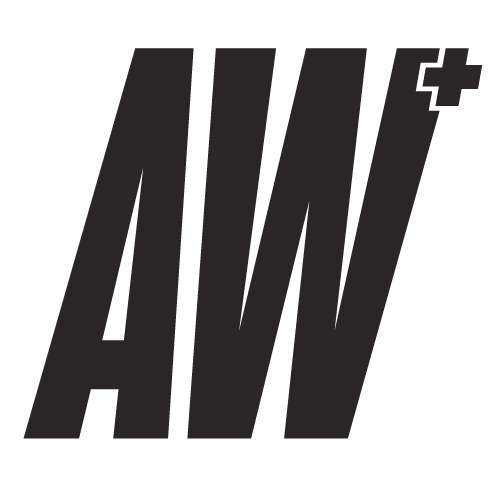Hurricane Sandy: A Study of the Power of Social
When Sandy hit the Eastern seaboard on October 29, millions of people were without power within hours. With limited means of contacting family and friends, and minimal cell phone service, those affected by one of the largest hurricanes on record were left struggling to find ways to communicate with the rest of the nation. When Hurricane Katrina struck the Gulf Coast in 2005, Twitter, Facebook and Instagram were nonexistent. But the social web of 2012 is a vastly different place than it was only a few years ago and the ability to share content online, as was demonstrated during Superstorm Sandy, is increasingly becoming the go-to means of communicating when communication isn’t easy.
By Kurt Abrahamson, CEO, ShareThis
When Sandy hit the Eastern seaboard on October 29, millions of people were without power within hours. With limited means of contacting family and friends, and minimal cell phone service, those affected by one of the largest hurricanes on record were left struggling to find ways to communicate with the rest of the nation. When Hurricane Katrina struck the Gulf Coast in 2005, Twitter, Facebook and Instagram were nonexistent. But the social web of 2012 is a vastly different place than it was only a few years ago and the ability to share content online, as was demonstrated during Superstorm Sandy, is increasingly becoming the go-to means of communicating when communication isn’t easy.
In

WORK SMARTER - LEARN, GROW AND BE INSPIRED.
Subscribe today!
To Read the Full Story Become an Adweek+ Subscriber
Already a member? Sign in
